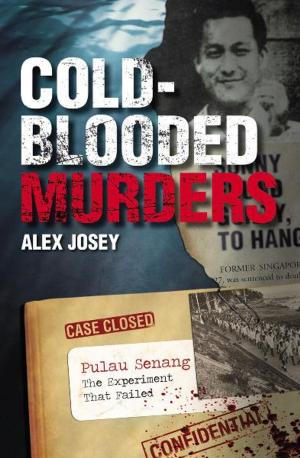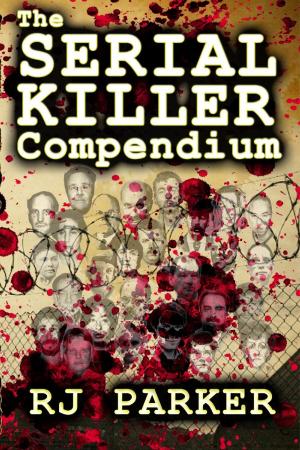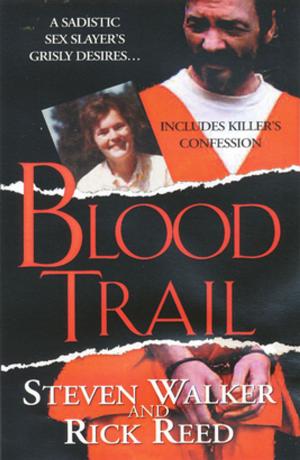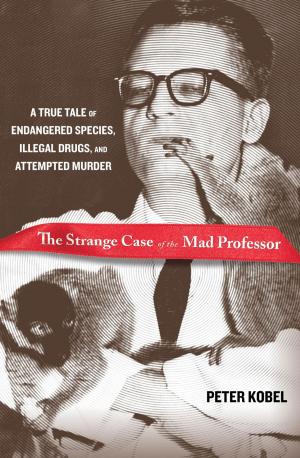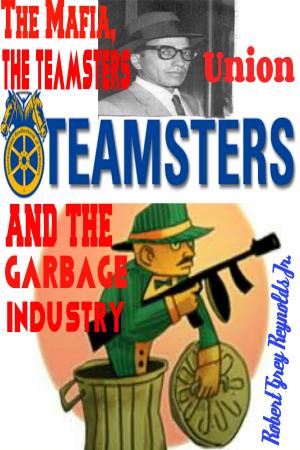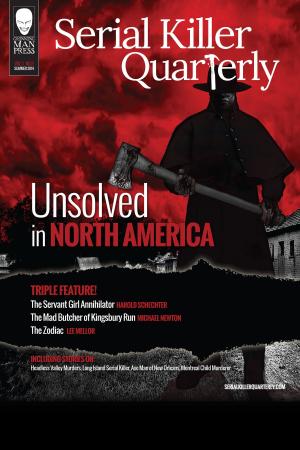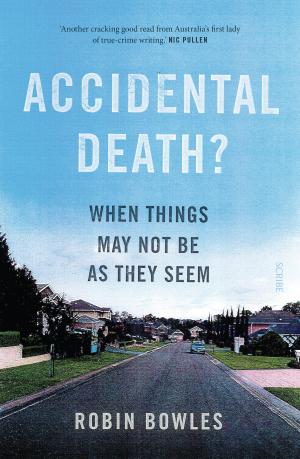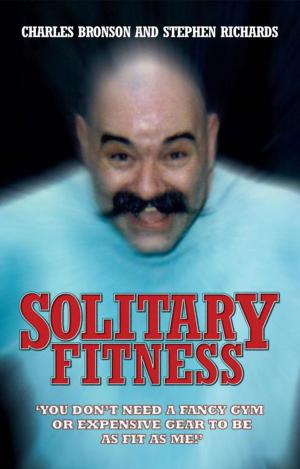All Against The Law
The Criminal Activities of the Depression Era Bank Robbers, Mafia, FBI, Pol
Nonfiction, Social & Cultural Studies, True Crime| Author: | Bill Friedman | ISBN: | 9780989685214 |
| Publisher: | Old School Histories | Publication: | January 31, 2014 |
| Imprint: | Language: | English |
| Author: | Bill Friedman |
| ISBN: | 9780989685214 |
| Publisher: | Old School Histories |
| Publication: | January 31, 2014 |
| Imprint: | |
| Language: | English |
Here for the first time is the complete story of the careers and lives of the four successive Public Enemies Number One who were the most dangerous machinegun toting Midwestern bank robbers of the early Depression years - John Dillinger, Baby Face Nelson, Pretty Boy Floyd, and Alvin Karpis with the Barker brothers. Besides being complete this presentation is wholly different from previous histories because for the first time the newspaper article accounts of these gangsters' activities are included. These were written by reporters from interviews of the eyewitnesses at these events, police and detective descriptions of the handling and findings of their investigations, and the trial testimonies of both the criminal cohorts and also the people who harbored these killers during their long fugitive manhunts. These facts were merged with the FBI agents' internal reports sent to Washington Headquarters that frequently admitted or confirmed their misconduct, as well as the many other documents used by previous crime historians. All this information combines to present the first complete timeline of these criminals' actions and personal lives as each fugiive alternated between hiding in a safe haven and staying on the run often just ahead of determined lawmen. Just as a movie is made up of many individual pictures that are flashed one after the other to produce the action, the many individual facts collected about each of these incidents create a dramatic step-by-step flow that produces an incredibly exciting and fast-moving adventure story. Interspersed throughout thse Public Enemies Number One manhunts is the transformation of the Federal Bureau of Investigation (FBI) from an accounting department of government money into a national police and detective agency. This is by far the most penetrating story of how J. Edgar Hoover took this group of politically-appointed accountants and attorneys, who by law could not carry guns or make arrests, and turned them into a full-fledged criminal detective agency. Hoover's leadership of the FBI has been discredited by numerous previous scholars, but this book goes much further in presenting how poorly-trained the agents were in police and detecitve procedure, the lack of respect they had for individual liberties and rights, and their total disregard for the safety and well-being of the civilians who unintentiaonally appeared in their paths. Previous historians have usually described the actions of Hoover's FBI as like Keystone Cops or repeatedly referred to agents' actions as "inexplicable." But Hoover's agents' behavior was the direct byproduct of their Director's leadership and training procedures. After the reader learns the capabilities and values of Hoover's agents, their actions are neither funny nor baffling but instead very predictable. As each confrontation develops the reader can sense how the situation can go terribly wrong as these courageous but ill-preared early agents headed into what would likely become another failed raid or else produce disastrous results for the lawmen or innocent civilian bystanders caught up in the lines of fire. The mismatch between the skills of Hoover's early agents and the killers they went after could not have been more stark. These untrained agents went after the most aggressive and dangerous killers in history. These were not the typical variety of criminal who tries to escape when pursued by the police. Whenver these killers started to feel trapped or pressured, they would turn about face and run on foot out in the open, or whirl their car around as they floored the accelerator, charging their pursuers while blasting away with machineguns. All this aggressive determination made Dillinger, Nelson, Floyd, and Karpis and the Barker brothers dreadfully sccessful at killing more policemen and FBI agents than any other American outlaws. Not only did each of these gang leaders and a number of their followers successfully escape multiple
Here for the first time is the complete story of the careers and lives of the four successive Public Enemies Number One who were the most dangerous machinegun toting Midwestern bank robbers of the early Depression years - John Dillinger, Baby Face Nelson, Pretty Boy Floyd, and Alvin Karpis with the Barker brothers. Besides being complete this presentation is wholly different from previous histories because for the first time the newspaper article accounts of these gangsters' activities are included. These were written by reporters from interviews of the eyewitnesses at these events, police and detective descriptions of the handling and findings of their investigations, and the trial testimonies of both the criminal cohorts and also the people who harbored these killers during their long fugitive manhunts. These facts were merged with the FBI agents' internal reports sent to Washington Headquarters that frequently admitted or confirmed their misconduct, as well as the many other documents used by previous crime historians. All this information combines to present the first complete timeline of these criminals' actions and personal lives as each fugiive alternated between hiding in a safe haven and staying on the run often just ahead of determined lawmen. Just as a movie is made up of many individual pictures that are flashed one after the other to produce the action, the many individual facts collected about each of these incidents create a dramatic step-by-step flow that produces an incredibly exciting and fast-moving adventure story. Interspersed throughout thse Public Enemies Number One manhunts is the transformation of the Federal Bureau of Investigation (FBI) from an accounting department of government money into a national police and detective agency. This is by far the most penetrating story of how J. Edgar Hoover took this group of politically-appointed accountants and attorneys, who by law could not carry guns or make arrests, and turned them into a full-fledged criminal detective agency. Hoover's leadership of the FBI has been discredited by numerous previous scholars, but this book goes much further in presenting how poorly-trained the agents were in police and detecitve procedure, the lack of respect they had for individual liberties and rights, and their total disregard for the safety and well-being of the civilians who unintentiaonally appeared in their paths. Previous historians have usually described the actions of Hoover's FBI as like Keystone Cops or repeatedly referred to agents' actions as "inexplicable." But Hoover's agents' behavior was the direct byproduct of their Director's leadership and training procedures. After the reader learns the capabilities and values of Hoover's agents, their actions are neither funny nor baffling but instead very predictable. As each confrontation develops the reader can sense how the situation can go terribly wrong as these courageous but ill-preared early agents headed into what would likely become another failed raid or else produce disastrous results for the lawmen or innocent civilian bystanders caught up in the lines of fire. The mismatch between the skills of Hoover's early agents and the killers they went after could not have been more stark. These untrained agents went after the most aggressive and dangerous killers in history. These were not the typical variety of criminal who tries to escape when pursued by the police. Whenver these killers started to feel trapped or pressured, they would turn about face and run on foot out in the open, or whirl their car around as they floored the accelerator, charging their pursuers while blasting away with machineguns. All this aggressive determination made Dillinger, Nelson, Floyd, and Karpis and the Barker brothers dreadfully sccessful at killing more policemen and FBI agents than any other American outlaws. Not only did each of these gang leaders and a number of their followers successfully escape multiple


